Aging is supposed to increase the taste threshold for sweet and salt. In other words, it takes more sugar or salt to satisfy you. In my case, it’s the opposite: My threshold for sweet has decreased with time. Stuff that I’d gladly eat when I was younger is way too sweet for me now.
I can attribute this in part to no longer drinking soda. I stopped drinking cola in high school, and other sodas in my 20’s. It didn’t matter whether it was sugared or diet, I discontinued drinking them. I figured I had better use for those calories, i.e., chocolate. I remember stopping at a fast food joint with my sister on a visit to New York years ago. The restaurant didn’t have any diet non-cola soda or unsweetened iced tea, so I had to order a diet cola. I damn near gagged, it was too sweet.
Last week our friend Bruce visited from Michigan. I had some fresh pineapple left over in the fridge, so Julian “encouraged” (translated: nagged) me to make pineapple upside-down cake. The amount of brown sugar the recipe called for seemed excessive to me. My suspicions were confirmed after the cake was finished. No matter, our guests enjoyed it. If I made that recipe again, I’d definitely cut back the brown sugar by at least a third.
It should surprise no one that Julian and I have divergent views on what’s too sweet. He loves pecan pie, but most of the recipes are cloying to me. He will drink sweet tea from time to time, whereas I cannot abide it. Yet he thinks baklava is too sweet. Go figure.


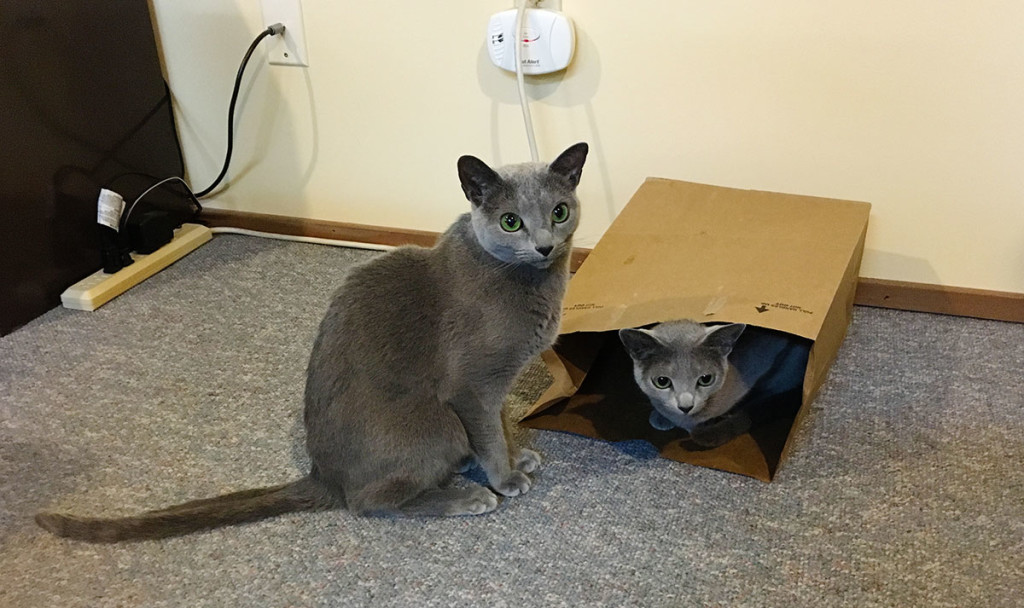

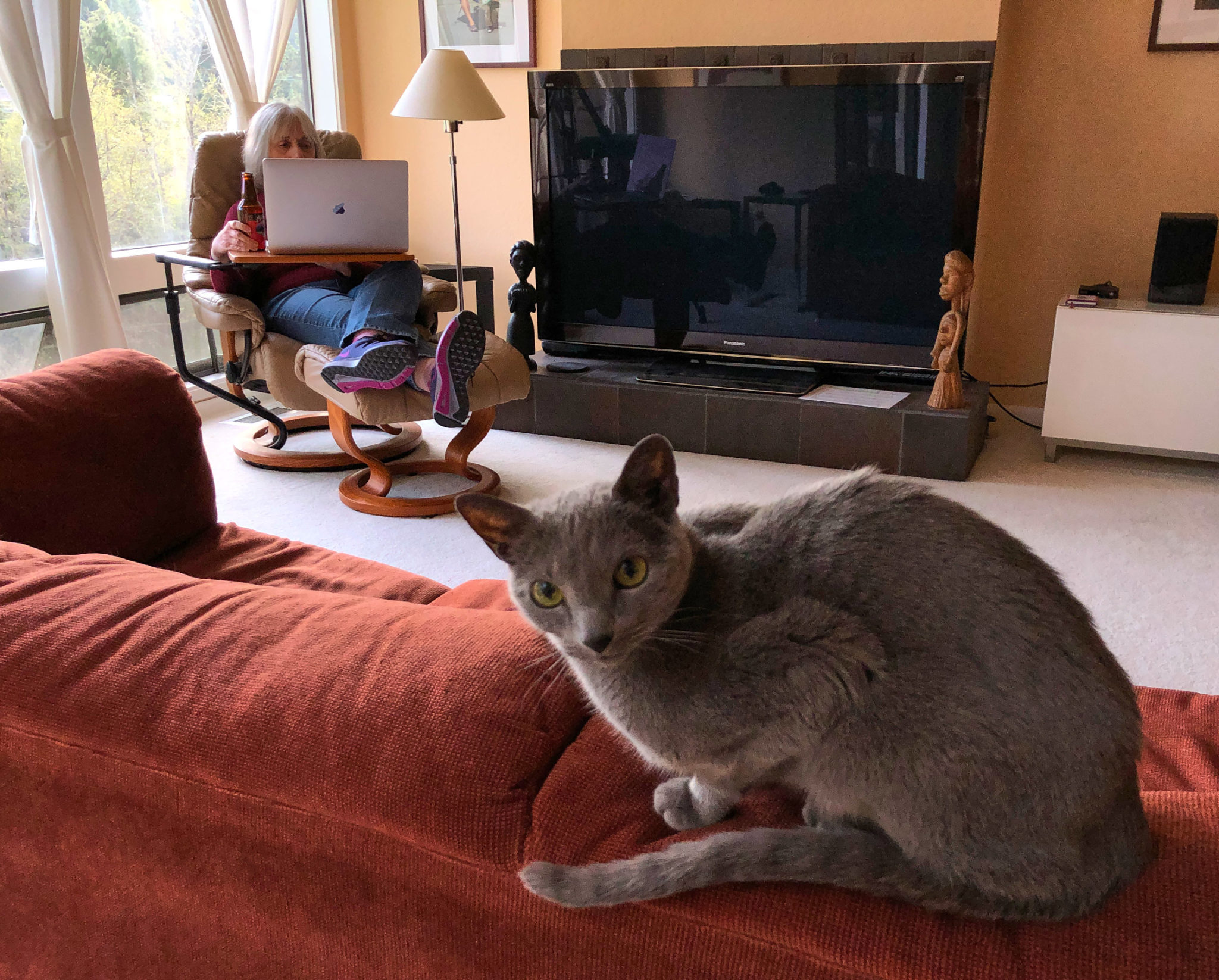
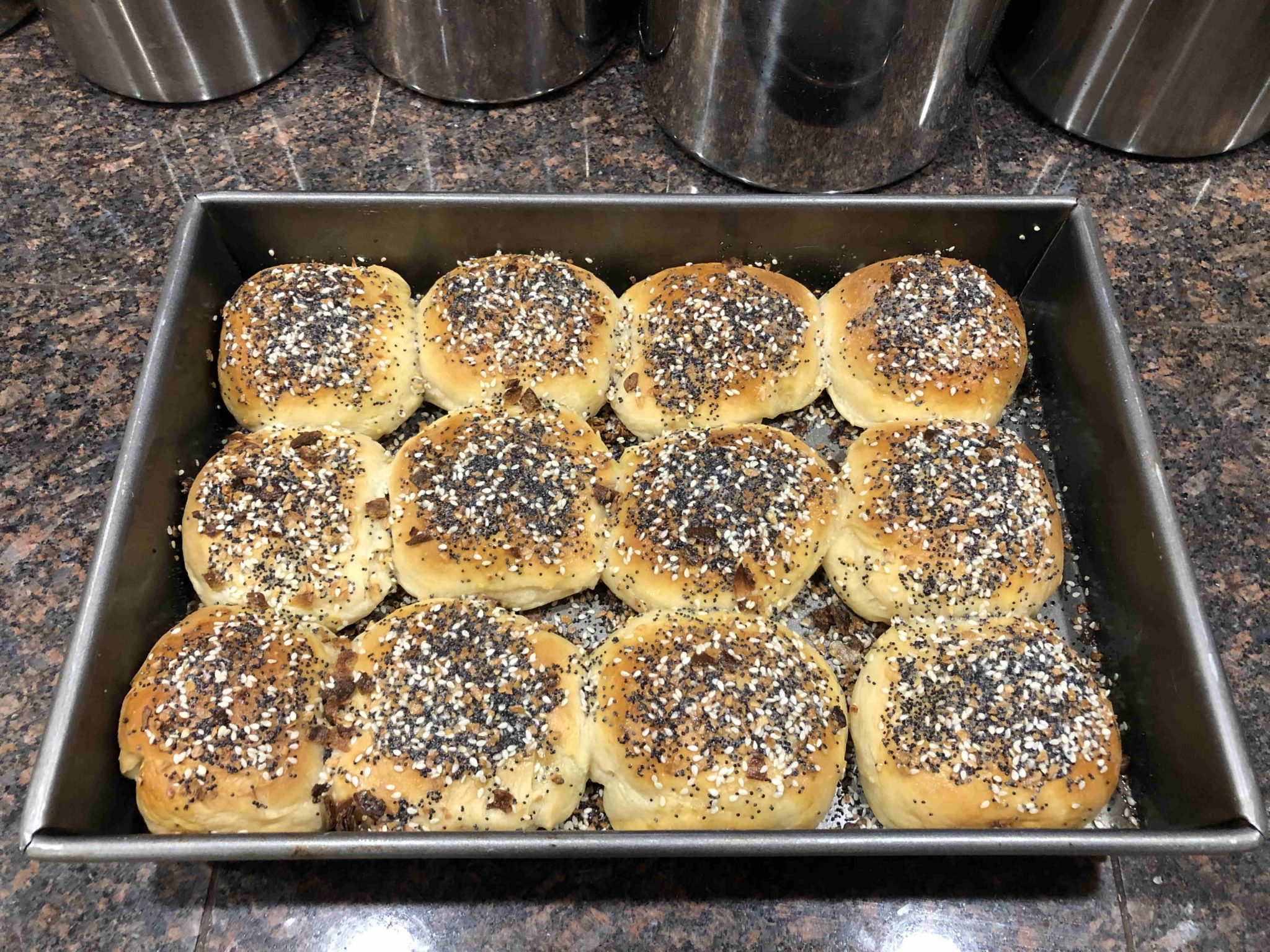
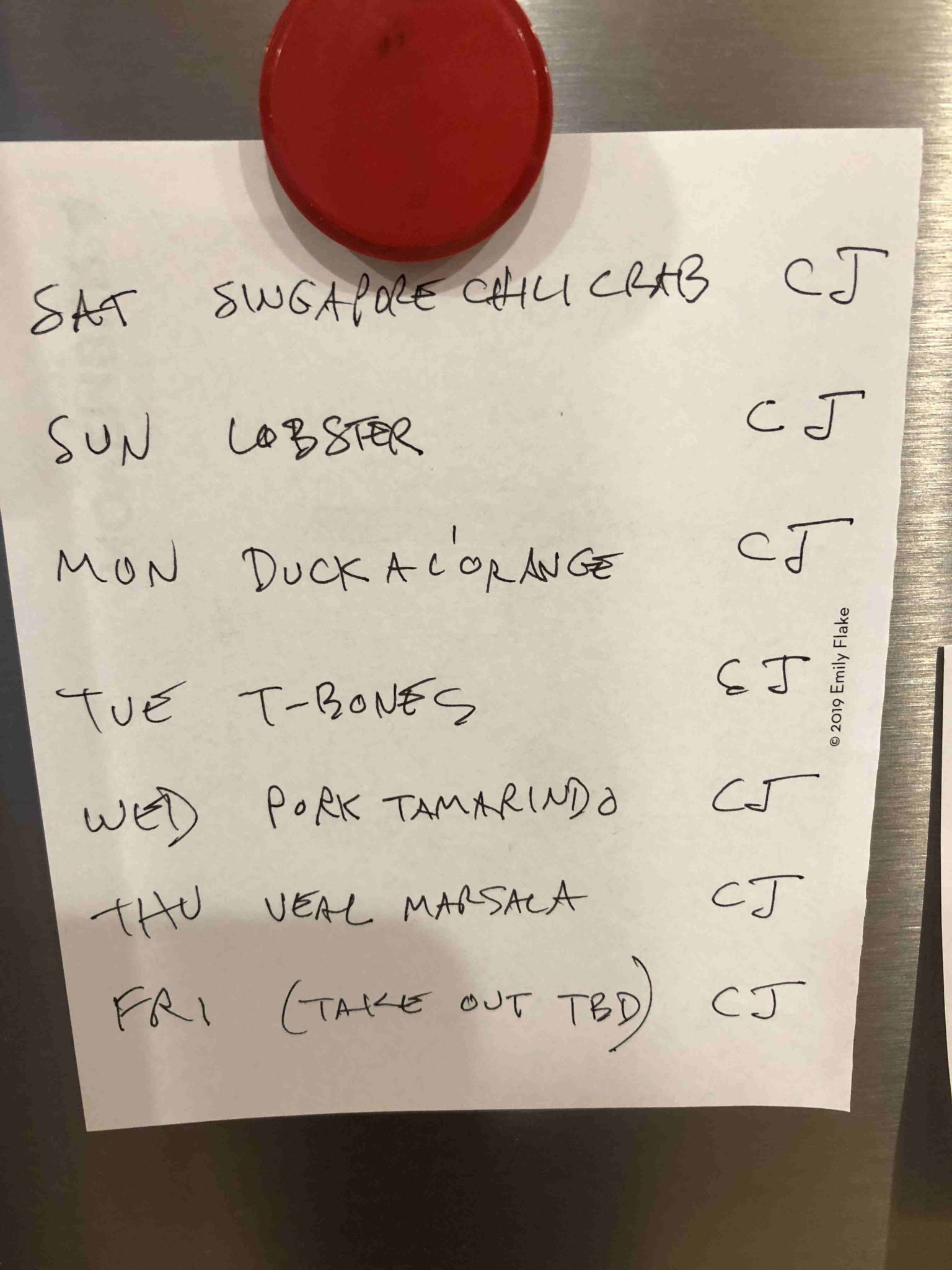
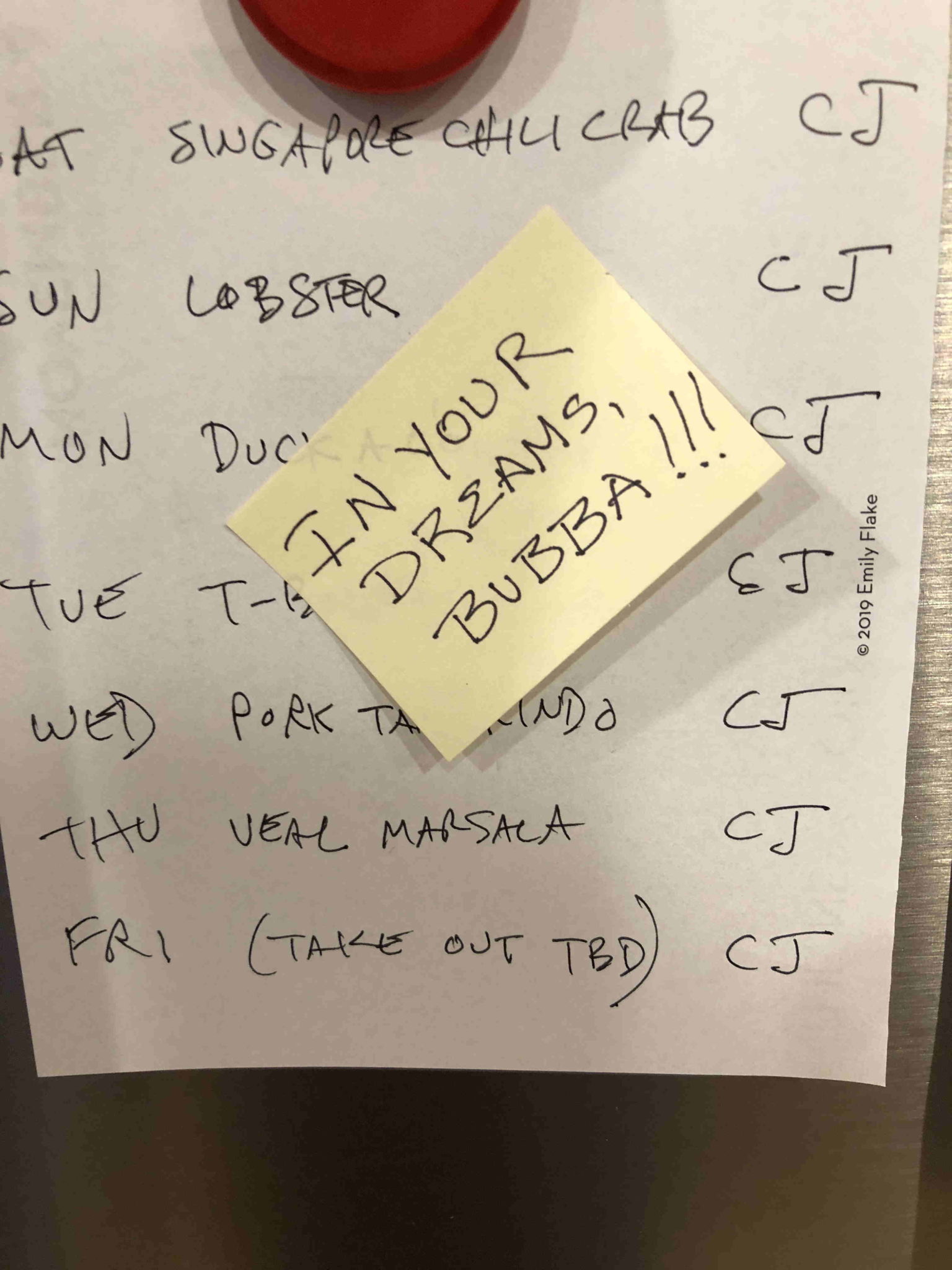
Recent Comments